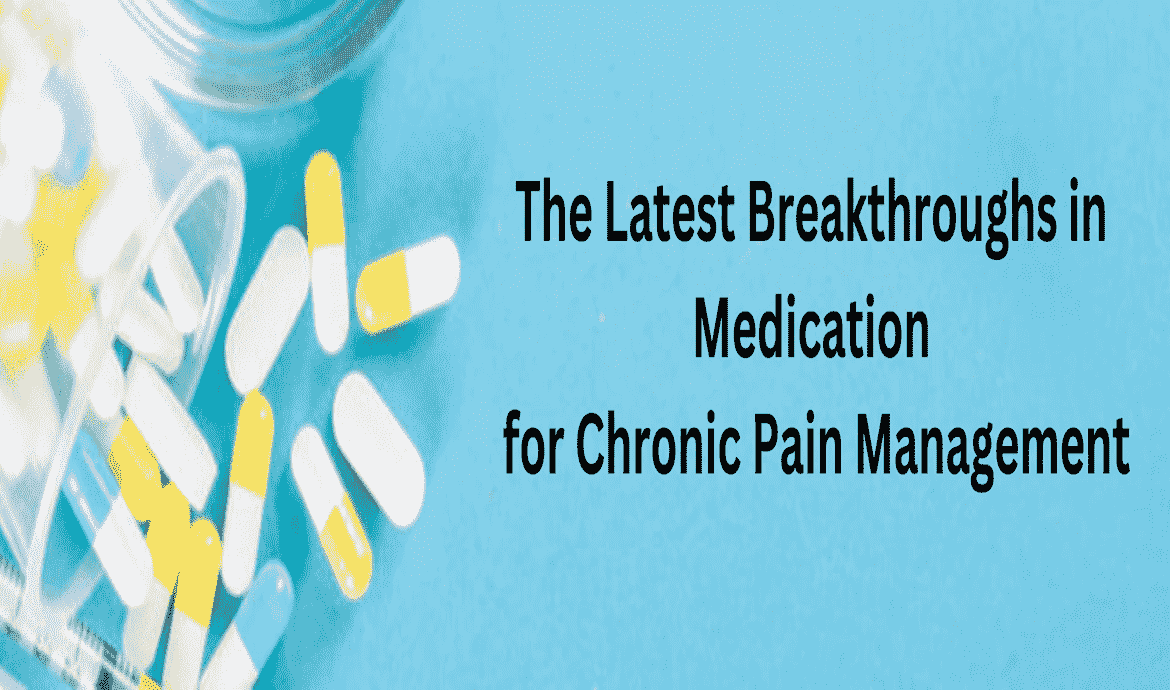Introduction
Chronic pain is defined as persistent or recurring pain that lasts for more than three months. It can arise from various underlying conditions, injuries, or diseases and can affect any part of the body. Chronic pain can profoundly disrupt daily life, making tasks such as work and sleep difficult. It can also contribute to mental health issues like anxiety and depression. This blog explores the latest advancements in chronic pain treatment and offers guidance on managing this challenging condition.
What Are the Latest Treatments for Chronic Pain?
Recent developments have introduced several innovative treatments for chronic pain, including:
- Radiofrequency Ablation (RFA): RFA involves targeting pain-transmitting nerves with a heated needle to disrupt their pain signal transmission. It’s effective for conditions such as neuropathy, arthritis, and can relieve pain in areas like the hips, lower back, neck, and knees. A newer variant, “cooled RFA,” provides more precise pain relief.
- Neuromodulation: This technique modifies nerve or brain activity using magnetic or electrical stimulation. It’s used to treat chronic conditions such as neuropathic pain, fibromyalgia, and chronic headaches.
- Biofeedback: This approach uses sensors to monitor physiological functions such as heart rate and muscle tension. By learning to control these functions through relaxation techniques, patients can help alleviate pain.
- Alternative Therapies: Traditional methods like massage, yoga, and acupuncture remain effective for managing chronic pain.
- Acupuncture: This technique involves inserting fine needles at specific body points to alleviate pain, particularly effective for lower back pain and arthritis-related joint pain.
- Yoga and Massage: These practices can reduce both physical and mental stress, contributing to effective pain management.
What Medications Are Used for Breakthrough Pain?
Breakthrough pain is intense, sudden pain that occurs despite ongoing pain medication. Opioid analgesics are commonly prescribed for this type of pain, as they bind to opioid receptors in the brain to block pain signals. Common opioid painkillers include:
- Oxycodone: Effective for moderate to severe pain, available in immediate-release for acute pain and extended-release for chronic pain.
- Hydrocodone: A frequently prescribed opioid often combined with other painkillers like acetaminophen for enhanced effectiveness.
- Dilaudid (Hydromorphone): Used for moderate to severe pain, it binds to opioid receptors to reduce pain perception.
These medications can manage breakthrough pain and improve overall quality of life.
Can People Recover from Chronic Pain?
Yes, many people have successfully managed or even overcome chronic pain. Although chronic pain can last for more than a year, treatments like physical therapy, medications, cognitive behavioral therapy (CBT), and alternative therapies such as massage and acupuncture can provide significant relief.
Can You Lead a Full Life with Chronic Pain?
Absolutely, it is possible to lead a fulfilling life despite chronic pain. It often requires making adjustments and employing various management strategies. A comprehensive approach, including physical therapy, clinical treatments, and lifestyle changes, can help manage chronic pain effectively. While complete pain elimination may not always be feasible, working closely with a healthcare team and employing effective management strategies can make a significant impact.
Emerging Medications for Chronic Pain Management
New medications offer promising options for chronic pain management, including:
- Alpha-2 Delta Ligands: Drugs like pregabalin and gabapentin target specific calcium channels in the nervous system and are used for neuropathic pain.
- CGRP Inhibitors: These drugs block the activity of calcitonin gene-related peptide (CGRP) to reduce the severity and frequency of migraines.
- Sodium Channel Blockers: Medications like mexiletine and lidocaine inhibit sodium channels involved in pain signal transmission, providing potential relief for chronic pain.
- NMDA Receptor Antagonists: Drugs such as memantine and ketamine block NMDA receptors, which play a role in the development and maintenance of chronic pain.
- Opioid Alternatives: Non-opioid options like ibuprofen, aspirin, and acetaminophen offer effective pain relief without the risks associated with opioids.
Pharmacogenomics in Chronic Pain Management
Pharmacogenomics explores how an individual’s genetic profile affects their response to medications. This field aims to tailor pain management strategies to each person’s genetic characteristics, potentially enhancing treatment effectiveness and minimizing side effects.
Non-Pharmacological Approaches to Pain Management
Several non-drug methods can help manage chronic pain and improve overall well-being:
- Cognitive Behavioral Therapy (CBT)
- Physical Therapy
- Acupuncture
- Mind-Body Therapies
- Transcutaneous Electrical Nerve Stimulation (TENS)
- Biofeedback
- Heat and Cold Therapy
These approaches can be used individually or in combination with medications.
Does Chronic Pain Worsen with Age?
In some cases, chronic pain may intensify with age, potentially leading to increased depression and feelings of hopelessness. Early intervention and appropriate pain management strategies are crucial to effectively managing chronic pain and improving overall well-being.
Challenges in Medication Management for Chronic Pain
Managing chronic pain medications involves several challenges:
- Side Effects
- Risk of Addiction
- Dependence and Tolerance
- Drug Interactions
- Psychological Factors
Effective medication management requires consultation with healthcare professionals to navigate these challenges safely.
Conclusion
Chronic pain is a complex and multifaceted condition, but a range of treatments and medications can offer significant relief. Early intervention and a holistic approach, incorporating both medical and non-medical strategies, are essential for managing chronic pain effectively. By following appropriate guidelines and working closely with healthcare providers, individuals can experience substantial improvements in their quality of life.


